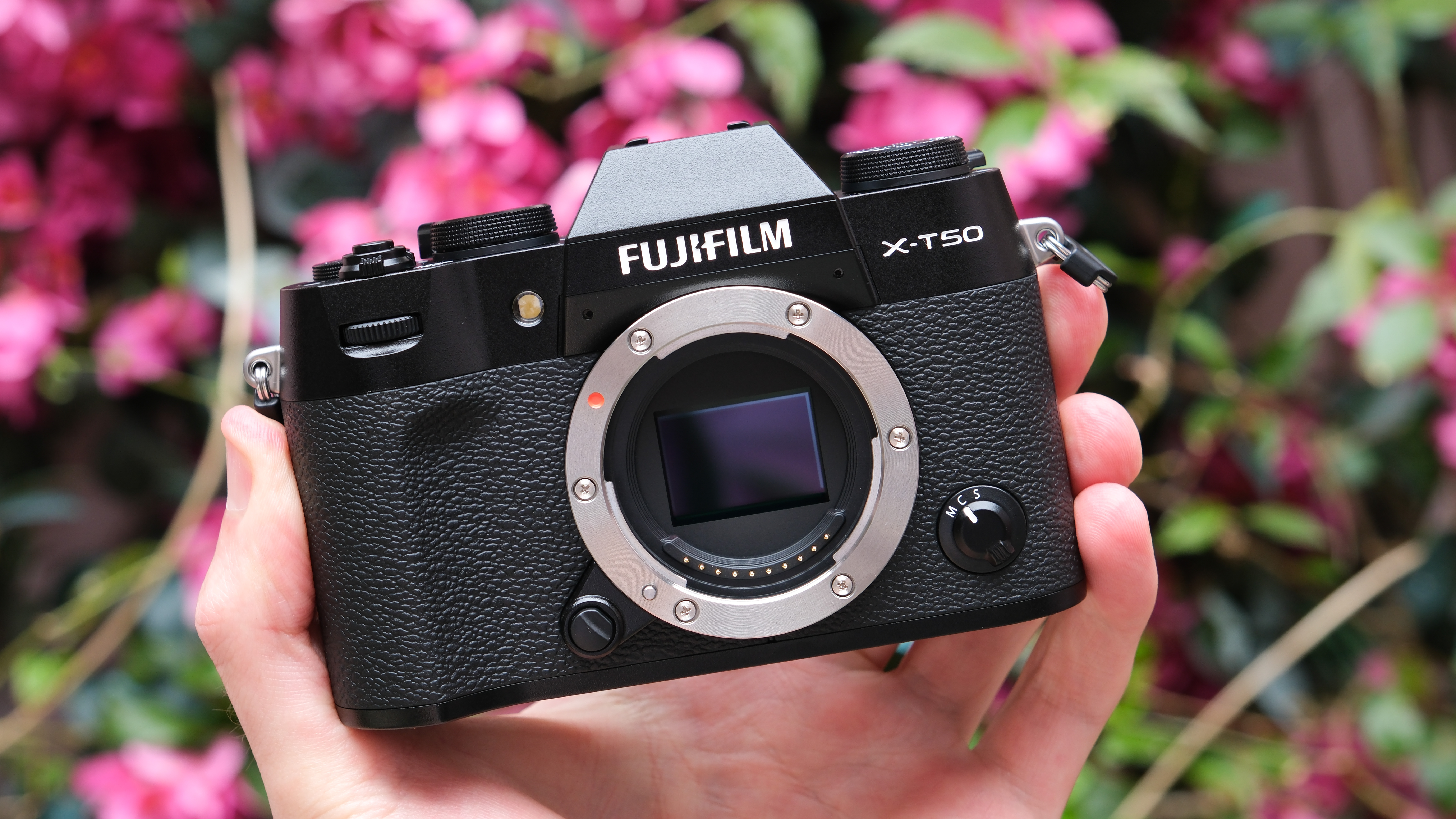A Getty and Shutterstock merger will create opportunities for both generative AI innovation and creator growth, the companies say
Getty and Shutterstock have announced plans for a merger of the two stock content companies

Stock photography platforms Getty Images and Shutterstock are finalizing talks to merge into one company, the brands announced. On January 07, Getty Images Holdings Inc. shared that it has entered into a definitive merger agreement with Shutterstock. Getty says the move will help offer a wider content library for customers while providing more opportunities for creators contributing to the platform.
In the planned merger, the two companies will be called Getty Images Holdings, Inc and retain the GETY stock market ticker. However, the merger is an equals transaction, with Getty stockholders estimated to hold about 54.7% of shares and Shutterstock 45.3% at close. Getty’s current CEO Craig Peters will lead the combined company while the Board of Directors will be made up of six Getty Images directors and four Shutterstock directors, including current Shutterstock CEO Paul Hennessy.
Getty says that the merger will allow for a larger investment in “innovative content creation,” including generative AI, search, and 3D imaging. Both Getty and Shutterstock currently have built-in generative AI tools, labeled as safe for commercial use.
In an email to customers, Getty said that the company will operate as usual until the merger closes. “Once closed, we expect this merger to allow for simplified access across our combined offerings and increased investment in new content and coverage, in new asset types, in enhanced customer service and support and in new technologies and capabilities,” the email reads. “All of this with the aim of providing you with the contents you need in a time and budget efficient manner and absent intellectual property risks.”
For creatives contributing to the platforms, Getty says the merger will allow artists to reach more customers around the world.
The companies did not discuss how the merger will affect the platform's current pricing structure. Shutterstock currently charges $49 for a five-pack of standard license downloads. In comparison, Getty’s most affordable five-image pack costs $750 for small images or low resolution videos.
Combined, the companies estimate a revenue between $1,979 and $1,993 million (which converts to about £1,581 million or AU$ 3,160 million). About 46% of that would be subscriptions, the companies note. Shutterstock currently has a ten-download subscription for $29 a month. Getty’s subscription options are customized based on needs, which means pricing information isn’t widely available.
Get the Digital Camera World Newsletter
The best camera deals, reviews, product advice, and unmissable photography news, direct to your inbox!
“With the rapid rise in demand for compelling visual content across industries, there has never been a better time for our two businesses to come together,” Peters said in a press release. “By combining our complementary strengths, we can better address customer opportunities while delivering exceptional value to our partners, contributors, and stockholders.”
“We are excited by the opportunities we see to expand our creative content library and enhance our product offering to meet diverse customer needs,” Hennessy added.
Getty Images is arguably most known for its editorial images, covering more than 160,000 events each year; its current catalog includes more than 80 million images in the subscription plan alone. Getty also owns the iStock and Unsplash brands, which together include more than 576,000 content creators.
Shutterstock currently boasts more than one million contributors across 150 countries. Shutterstock says its library has more than 450 million images, with around 200,000 images added each day.
The merger is not yet closed and is subject to closing conditions. The companies also have not shared an estimated close date for the potential merger.
You may also like
For more, read our top recommendations for the best stock photography platforms or the best stock video sites.

With more than a decade of experience reviewing and writing about cameras and technology, Hillary K. Grigonis leads the US coverage for Digital Camera World. Her work has appeared in Business Insider, Digital Trends, Pocket-lint, Rangefinder, The Phoblographer and more.
